The Early Years
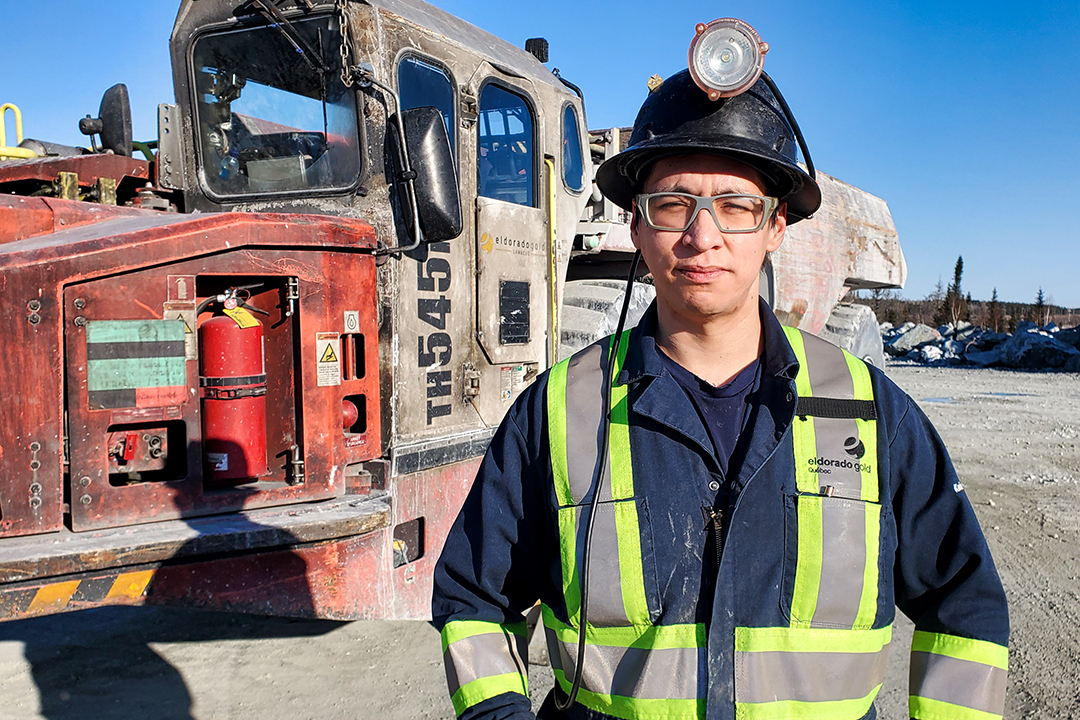
Kevin is from the Algonquin Nation. He has six brothers and six sisters. His childhood wasn't always easy. He doesn't go into detail but mentions that after spending his early years in "the woods," he came back to the city, was put into foster care, lost motivation, and dropped out of school at 16. "My absences meant I was too far behind in class, I lacked interest, but a life of "waiting for a paycheck" was not for me. The more time passed, the more I saw that some of my friends were working and had plans."
Back to School
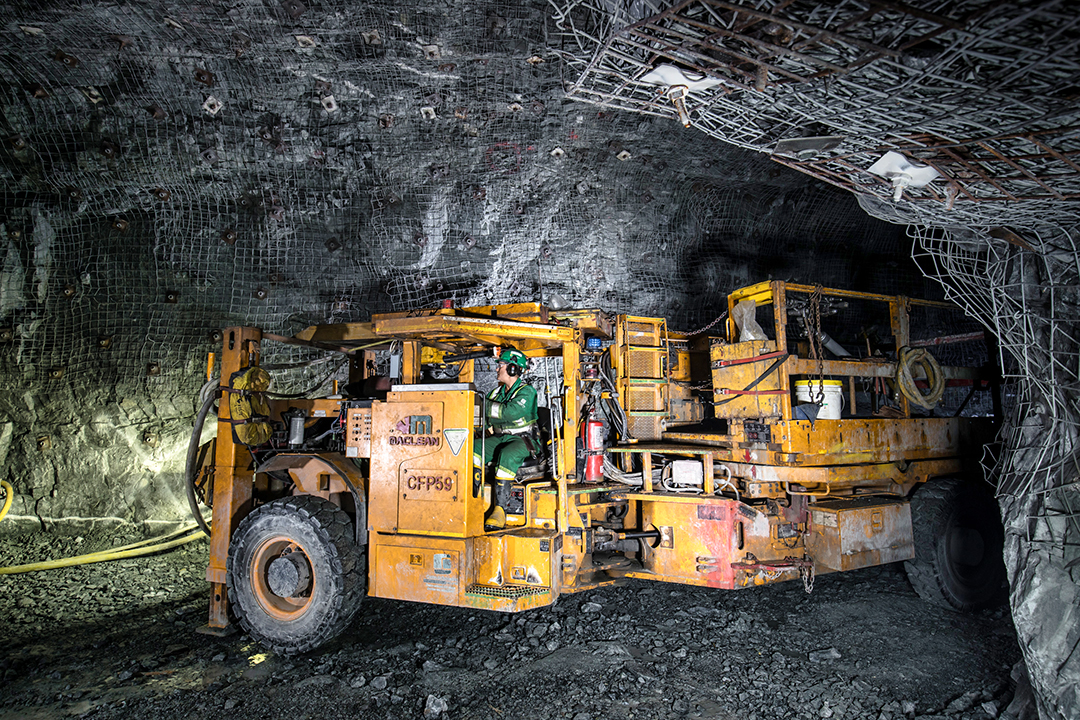 After graduating high school, he began CEGEP in Montreal, but a strike interrupted his progress.
After graduating high school, he began CEGEP in Montreal, but a strike interrupted his progress.At 18, Kevin made up his mind to return to school in adult education at Centre l'Horizon in Val-d'Or. After obtaining his high school diploma, he started CEGEP in Montreal, but a prolonged student strike made him lose motivation.
He then enrolled in vocational training in Diamond Drilling, aided by a tuition scholarship awarded by Aboriginal Affairs and Northern Development Canada (AADNC) and administered by the Conseil de la Nation Anishnabe de Lac Simon. "I am good with my hands, but I had to acquire some skills," he says. "I was the only Indigenous person, and not everyone at my training centre was cool, but the teachers were interesting, and I focused on my goal."
With his DVS in hand, he was hired at Machines Roger as a driller helper at the Opinaca mine, camp Éléonore, then worked at Technobois, an occupational integration company in the Abitibi-Témiscamingue region that specializes in custom wood products for companies and individuals. Kevin then worked at Opinaca Mines. Although the work was challenging for him (concentration, keeping to schedules, long days, etc.), Kevin thrived. "There was a great atmosphere. I loved the job, and the experience helped me grow as a person," he comments retrospectively.
"I am good with my hands, but I had to acquire some skills. I was the only Indigenous person, and not everyone at my training centre was cool, but the teachers were interesting, and I focused on my goal."
A Hard Blow
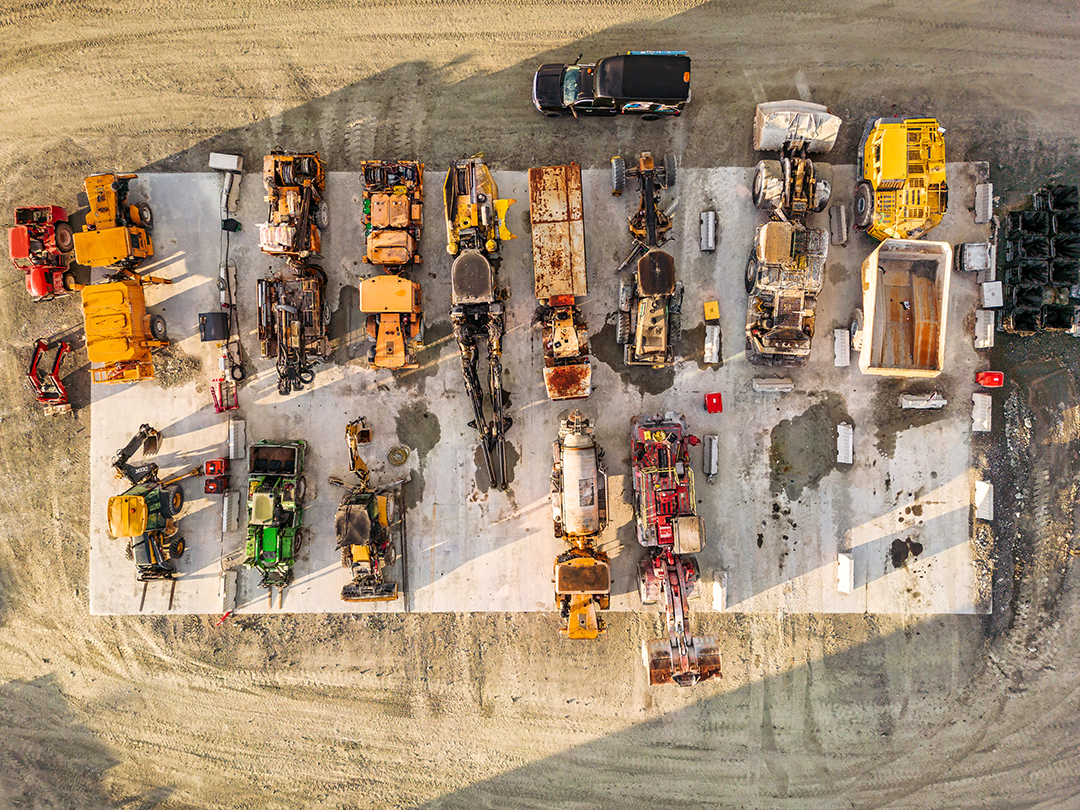 He then went on to complete a DVS in Diamond Drilling, which opened the door to the job market. (Aerial view of the Lamaque mine site – Eldorado Gold Québec- Photo Mathieu Dupuis)
He then went on to complete a DVS in Diamond Drilling, which opened the door to the job market. (Aerial view of the Lamaque mine site – Eldorado Gold Québec- Photo Mathieu Dupuis)His mother died suddenly in 2014, which led him to take an extended leave of absence. He experienced intense grief that resembled depression. He was unable to return to work. A year went by. "My mother would not have liked or wanted to see me in such a state. I remembered how proud she was of me when she drove me to school, and I felt like getting my act together." The young man enrolled again in vocational training, for a DVS in Ore Extraction. "It's a trade where there's more action, and it is better suited to my personality." Nine months later, he started working at Meglab, then Swatcrete, and finally, Fenelon, where he learned the ins and outs of the mining trade.
"You can't look back, you must go forward, no matter the obstacles. You are less alone than you think in this adventure; there are always people to help you."
A Good Situation
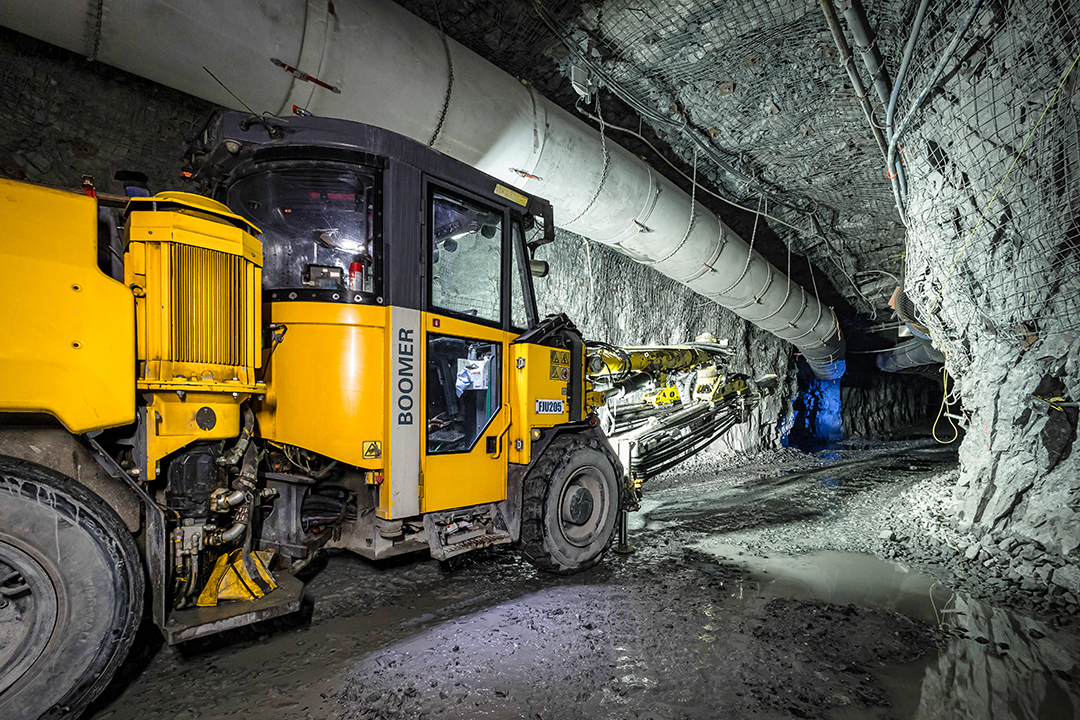 After his mother's death, Kevin found the strength to get back on his feet and return to school for a DVS in Ore Extraction. (Eldorado Gold Québec - Photo Mathieu Dupuis)
After his mother's death, Kevin found the strength to get back on his feet and return to school for a DVS in Ore Extraction. (Eldorado Gold Québec - Photo Mathieu Dupuis) In 2019, he was hired at Eldorado Gold Québec as a truck operator. He will have the opportunity to move up in the coming years. With a close-knit team, Kevin feels like work is a second home. "I spend half my life with them, I fit in, which helps me perform. It's a very physically demanding job that requires constant vigilance, but it's still fun! The big trucks we drive are not so different from the fun one has as a child playing in the sandbox with trucks. It's quite a thrill and great motivation to wake up every morning."
Consult other videos related to the trade and training under the Useful links and videos tab on the Ore Extraction program page.
A Future Full of Projects
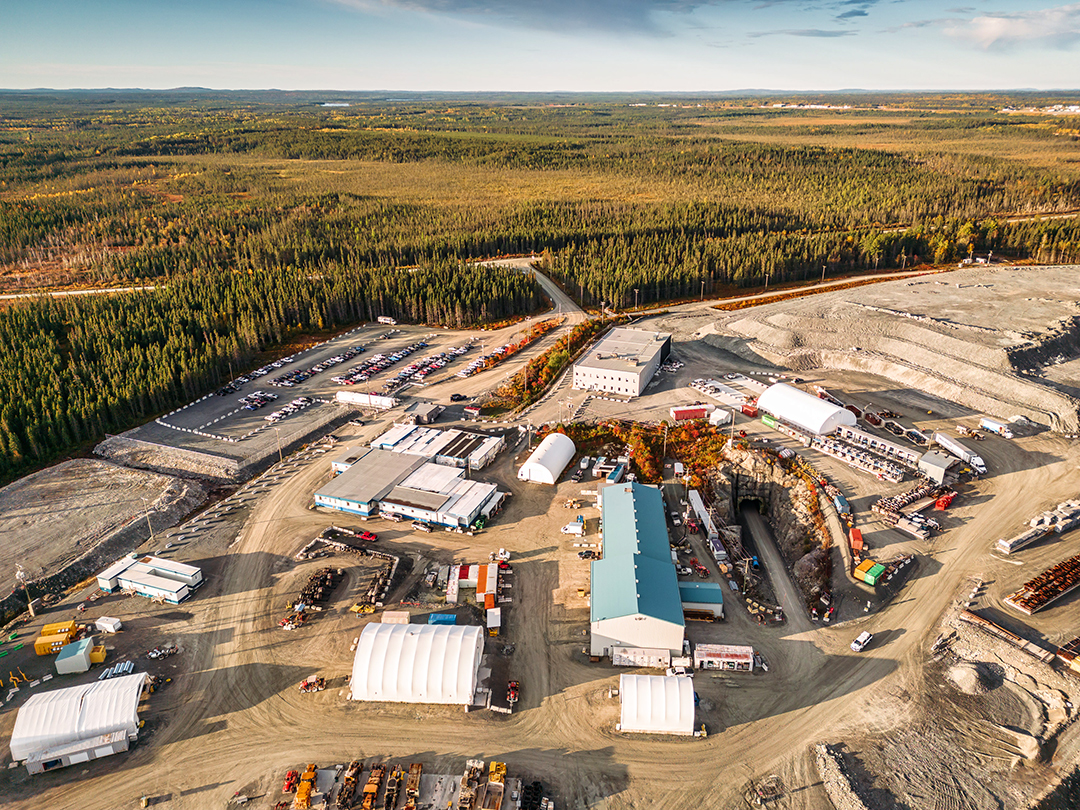 He is now working as a truck operator at Eldorado Gold Québec. (Eldorado Gold Québec - Photo Mathieu Dupuis)
He is now working as a truck operator at Eldorado Gold Québec. (Eldorado Gold Québec - Photo Mathieu Dupuis)Nowadays, Kevin is in a relationship and saving up because he plans to buy a house. He dreams of travelling the world. His salary lets him help his family in times of need. "I am the first in my family to work in the mines, but certainly not the last," he says, referring to one of his younger brothers whom he encouraged to follow in his footsteps. If he could speak to a younger version of himself, Kevin says without hesitation that he would tell him to go for it. "You can't look back, you must go forward, no matter the obstacles. You are less alone than you think in this adventure; there are always people to help you."
3%
3% represents the proportion of Indigenous employees in mining and its support activities, while they represented 1.2% of total employees in the province in 2019. Hiring Indigenous people is one solution to meet the industry's needs, as they represent a significant pool of available manpower. Their employment rate was 63%, compared to nearly 76% for the population as a whole in 2017. The unemployment rate was also 2% higher among the Indigenous population for the same year. Moreover, 62% of companies in the industry considered the likelihood of hiring Indigenous people in the future to be high or very high. On the other hand, their hiring poses certain challenges, particularly regarding workforce qualification.
Source: Comité sectoriel de main-d’œuvre de l’industrie des mines. (2020, April). Diagnostic sectoriel de l’industrie minière du Québec. La Presse.
Institut national des mines du Québec
The mission of the Institut national des mines is to support the government in its responsibility for education in the mining sector. It acts as an advisor to the government, relying on research projects it conducts and the suggestions put forward by players in the education and mining sectors to promote mining education in Québec, Canada and worldwide.
The Institut national des mines contributed to the CSMO Mines' Mining Industry Career Guide. It is a reference tool when it comes to career choices and offers information on the sector's job market. It is aimed at students, job seekers and anyone curious to learn more about the mining industry and covers 50 occupations in open-pit or underground mines.